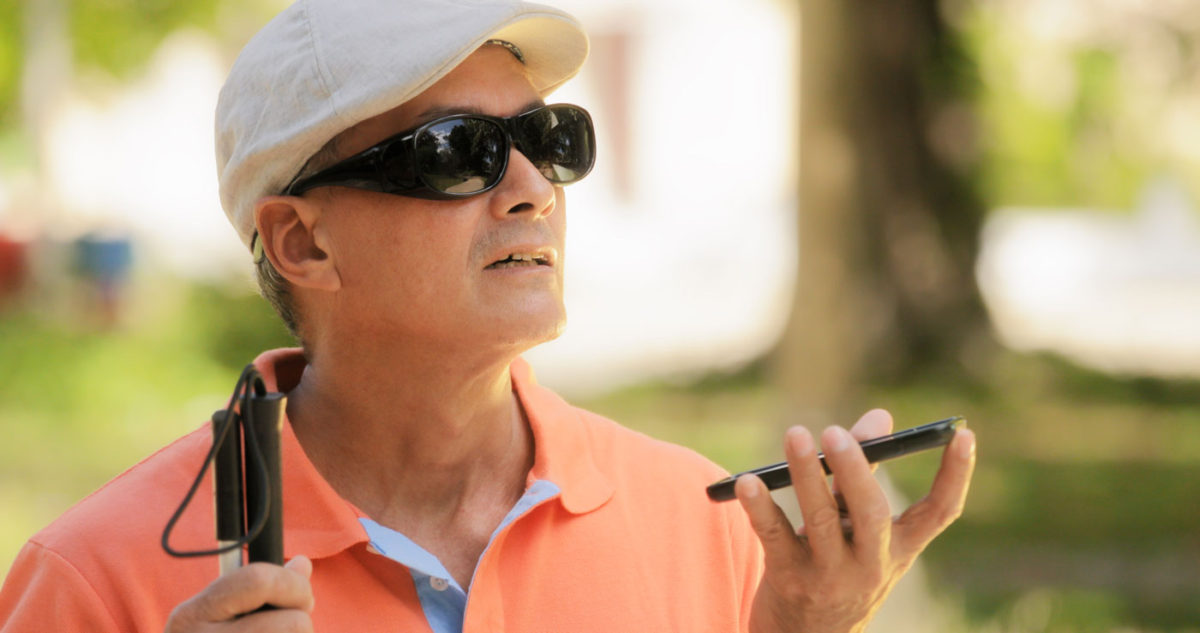At-a-Glance
Examining VR service delivery patterns may shed light on both the effectiveness and potential risks of services for consumers. This study examined service patterns of VR consumers who had a disability of blindness or visual impairment and who were receiving Social Security Disability Insurance (SSDI) benefits. The results identified services that could:
Key Findings
Study participants often received services in clusters or groups that followed these patterns:
- Services geared toward providing work experiences, including training and job-related supports, were linked to successful employment outcomes.
- Special, remedial, and evaluative service clusters were linked to poor employment outcomes, possibly as a result of the consumer’s greater difficulty in becoming job-ready.
The study population often had previous work experience which improved their likelihood of attaining successful employment outcomes.
Post-secondary education often didn’t result in competitive employment for this population.
Put It Into Practice

Tips and tools to help you apply best practices at work.
Services and Supports that Lead to Competitive Employment
- Assistive technology services
- Job search and placement supports
- On-the-job training
Service that Improves Adjustment to Disability
- Rehabilitation counseling
Red Flag Signaling Consumer May Be at Risk
A cluster of these services built into an Individualized Plan for Employment can serve as a red flag that the consumer may need multiple or intensive services:
- Reader and interpreter services
- Job readiness training
- Augmentative skills training
- Assessments
More About This Research
Unlike previous research, this study looked at vocational rehabilitation consumers who had a disability of blindness or visual impairment and who were receiving SSDI benefits. Patterns identified in this study may be used as tools for developing and monitoring rehabilitation plans for consumers.
Learn More
Giesen, J. Martin; Hierholzer, Anne (2016). Vocational rehabilitation services and employment for SSDI beneficiaries with visual impairments. Journal of Vocational Rehabilitation, 44 (2), 175-189.

